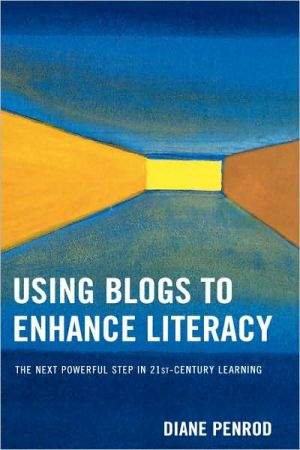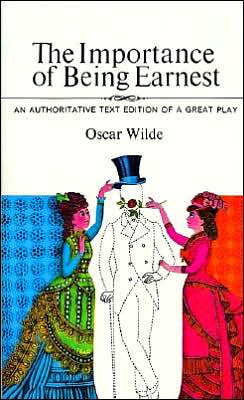Using Blogs To Enhance Literacy
Adolescents spend an average of nearly six hours a day online, with much of this time focused on blogging. Whether they're writing on MySpace, Xanga, LiveJournal, or their own web page, these youngsters invest time and energy creating an online social identity. Using Blogs to Enhance Literacy examines this phenomenon and its relationship to education, offering solutions to issues such as bullying and the growing digital divide between students and their teachers and parents.\ About the...
Search in google:
Beyond the mainstream media hype about the dangers of adolescents and blogs, we find that young people are developing 21st century literacies_especially in information and visual literacy. In this book, Diane Penrod addresses the social, developmental, and pedagogical issues surrounding the use of blogs and the implications that blogging has for current and future students.
Preface viiWhy Blog? 1Blogging and New Literacies 19Blogs as a New Writing Genre 35Gender and Blogging 49Ethnicity and Blogging 63Blogs and Bullying 77Encouraging Safe Blogging Practices 95Integrating Multiple Intelligences and Blogging 119Creating Classroom Ethics for Blogging 139Blogging Matters 151References 167Subject Index 171Name Index 173About the Author 175
\ ChoiceThis book's thesis is positive and timely: blogs can engage K-12 students, empowering them as writers and members of society. Particularly beneficial are the sections on how blogs can encourage at-risk students to express themselves, bridging the gap between academics and home life.\ \ \ \ \ Teachers College RecordPenrod clearly supports the use of blogs in education, linking much of her discussion throughout the book to the presence of blogs in the classroom. She explains that weblogs support cooperative learning, critical thinking, cross-curricular learning initiatives, student centered classrooms and multiple intelligences. Penrod’s premise is a solid one: Technology is changing the way we understand literacy, and educational practices must respond to that change.\ \








